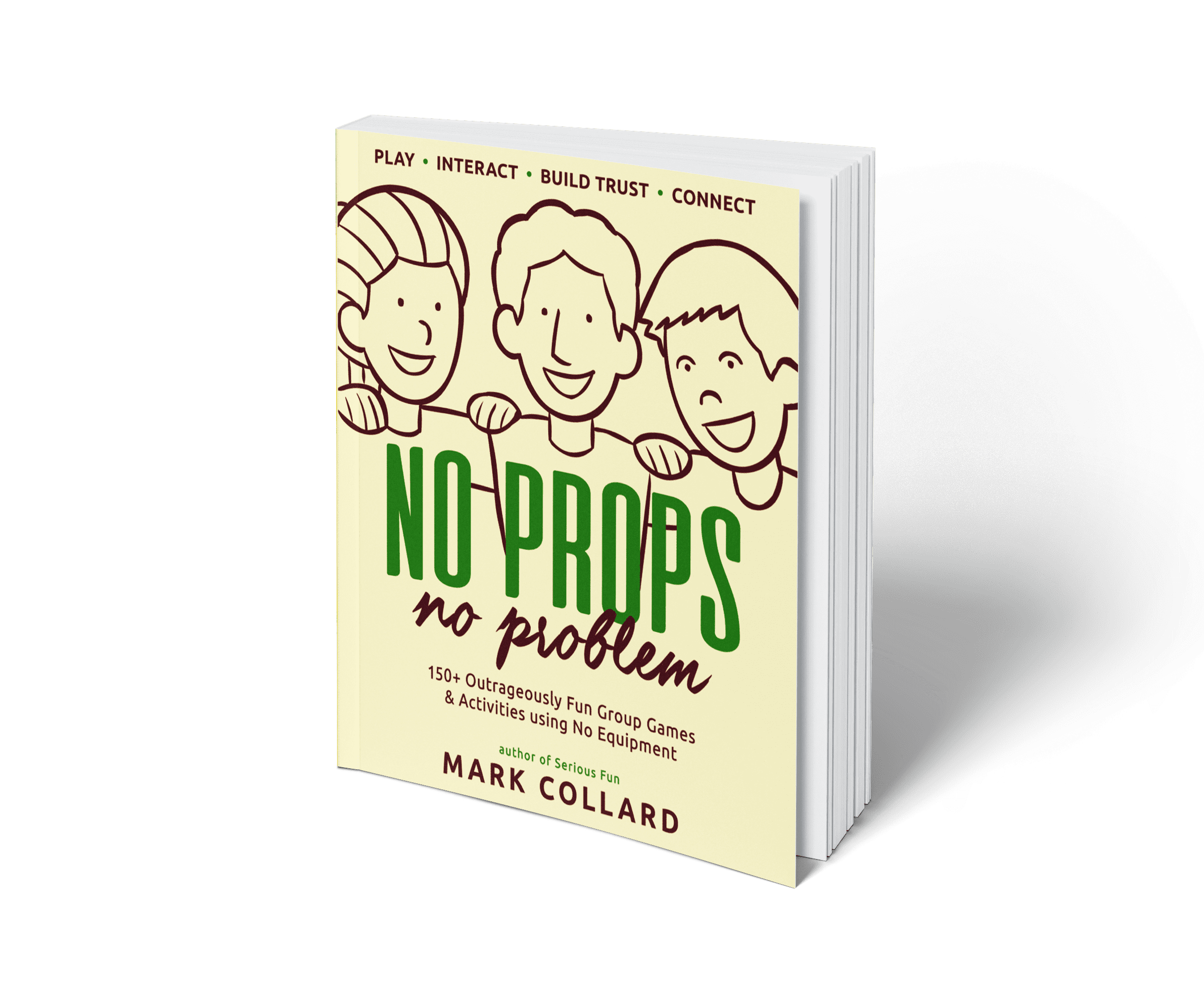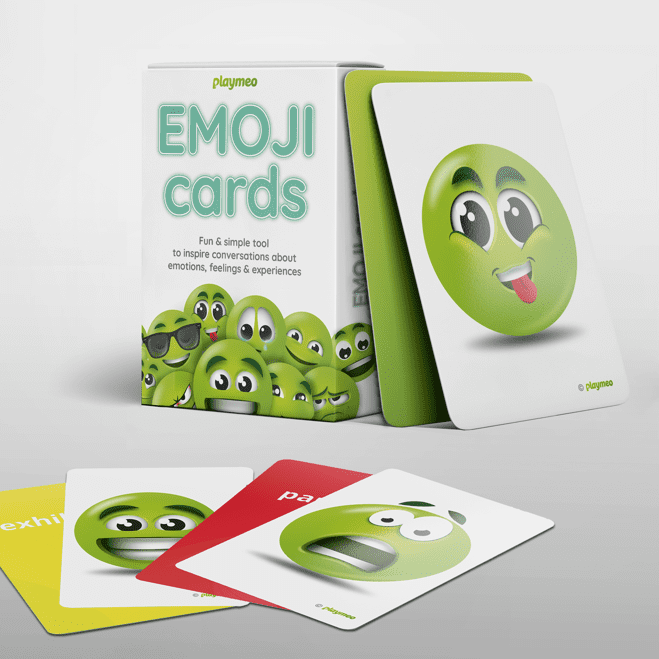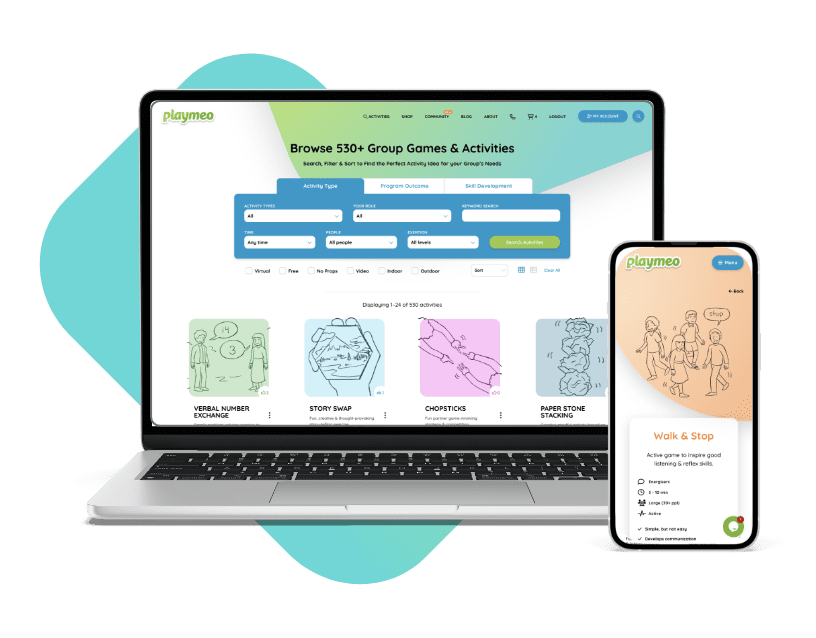This is one of my go-to debriefing activities. It’s deceptively simple but incredibly powerful. I often use it when I’m standing in front of a group, not quite sure what’s going on for them – and sometimes they feel the same way too.
Here’s how it works:
I gather the group—whether they’ve been together for five minutes or five months—and say, “I observed three significant or critical turning points in your experience.”
Then I challenge them to identify what those three moments were.
Right away, the group starts reflecting back on their experience, wondering, “Hmm, what did Mark think was significant?”
This not only engages them in reflection but also gives me valuable data.
Sure, not everything they come up with will be spot on -they’re fishing- but I get insight into their thinking, and I can steer the conversation toward the goals of the programme.

This activity is a fun and dynamic way to get your group thinking—and moving.
It’s particularly great if your facilitation skills need a boost in the physical engagement department.
I set up three areas in the space I’m working in—classroom, training room, outdoors, wherever—and label them red, yellow, and green, like traffic lights.
Each colour represents a different aspect of the group’s experience:
- Green (Go): Things we want to keep doing. I ask, “Based on your experience, what should we continue doing as a group?”
- Red (Stop): Things to stop doing. I ask, “What’s getting in the way of our success? What should we prevent from happening again?”
- Yellow (Caution): Mixed elements. I ask, “What worked sometimes but not always? What’s in that grey area?”
This format sparks lots of discussion, especially in the yellow zone where not everyone agrees.
And that’s okay! That’s where some of the best learning happens.
Bonus Idea: Here’s a similar idea, with a twist – toss a mix of red, yellow, and green items into a bag and let participants take turns to randomly draw one out at a time. Depending on the colour, they will be invited to reflect on something to start, stop, or be cautious about.

I probably use this one in nearly every program I run.
It’s quick, it’s structured, and it makes sure everyone gets a voice—great for those groups where one or two people tend to dominate the conversation.
The idea is simple: pose a question or a statement, then whip around the group giving each person a chance to respond with a word, phrase, or short sentence.
You can start with the person on your left or right – but here’s how I prefer to lead the exercise.
I give the group a moment to think about their response. Then I invite a volunteer to start. Once someone puts up their hand and shares, we go clockwise (or anti-clockwise) from there.
This way, no one feels put on the spot, and everyone gets the option to say “pass” if they’re not ready.
You can even circle back to them later.
It’s all about honouring choice – something that’s vital if you want to keep your debriefing activities both engaging and inclusive.
There are so many ways to adapt this, and I encourage you to find the version that fits your style and group best.
















There are currently no comments